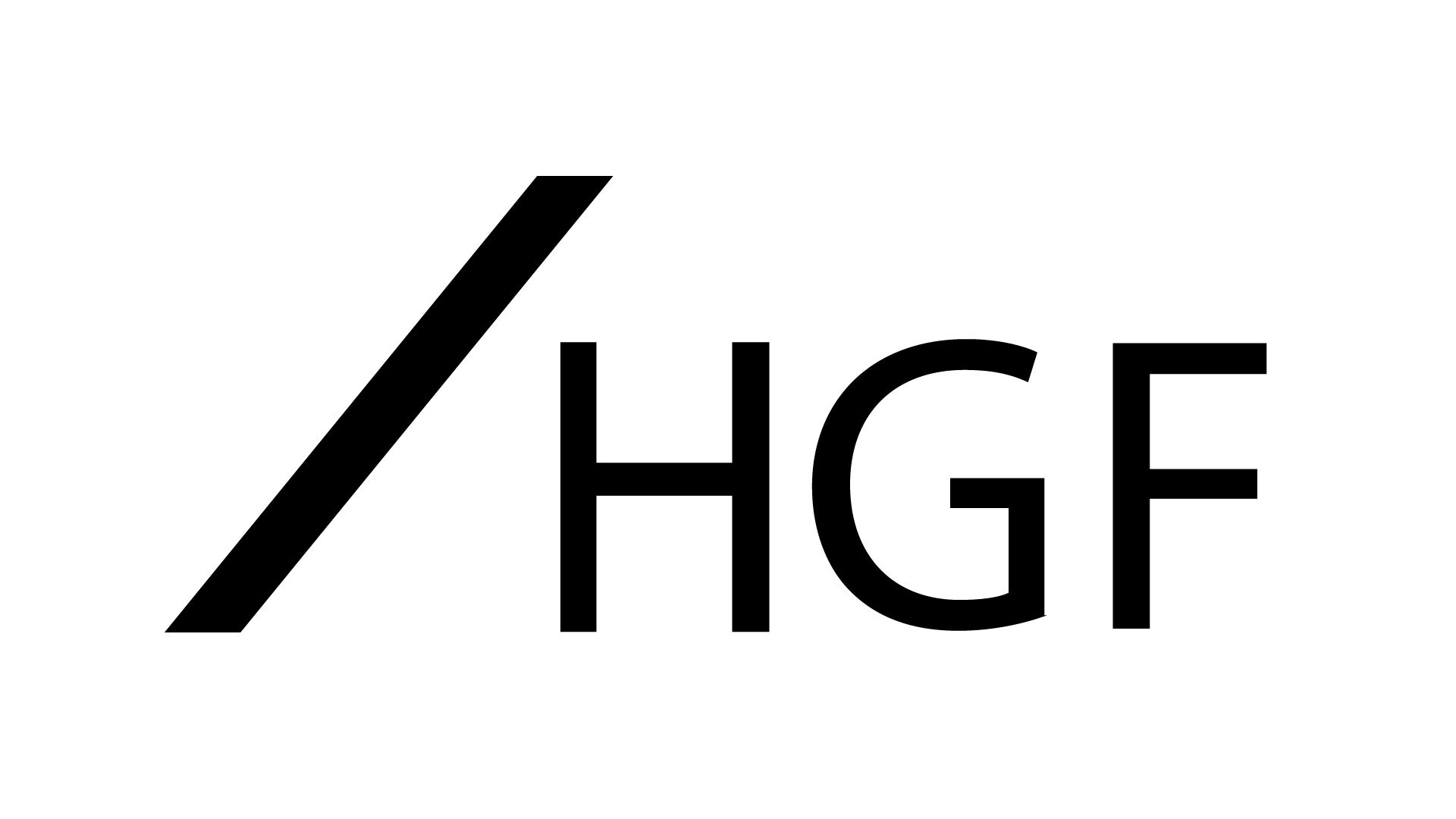News
Profiting from Innovation Within Product Platforms
April 2023
Innovative businesses should seek to maximise the value they obtain from working collaboratively within a product platform ecosystem. A well-defined IP strategy can help achieve this while increasing total innovation within the construction sector for the benefit of all.
What are product platforms?
As a structural engineer turned patent attorney, I follow with interest developments in the UK construction industry that focus on driving innovation, and in particular those that seek to do so while improving sustainability. My reading list for 2023 has therefore included the first edition of the Product Platform Rulebook, published last September by the Construction Innovation Hub.
The Rulebook is a critical step in realising product platforms in the UK construction sector. It is hoped that by adopting platform principles similar to those long-established in the manufacturing sector, construction can be made more sustainable through reductions in waste, carbon footprint, and impact on the local environment. Further intended benefits of the platform approach are improved safety, and quality and increases in efficiencies and economies.
In brief, product platforms are a kit of parts comprising a set of low-variety, common, repeatable components that provide a stable core for many projects and that can be combined with complementary interchangeable peripheral components to suit a particular project. To read the rulebook, including a full description of what product platforms are, click here.
I am pleased that the Rulebook does mention intellectual property (IP), recognising that while benefits will come about through the sharing and re-use of knowledge, concerns may arise around IP. However, readers of the Rulebook are left to consider how to best deal with IP concerns, and even what these concerns might be.
How do product platforms pose a risk to innovative businesses, and what can be done to manage this risk?
The type of innovation involved in product platforms is called “open innovation”, and involves distributing innovation activities, such as R&D, across individual businesses in the platform ecosystem, with each having its own knowledge and competencies. The intended benefit of this is increased total innovation by dividing the effort required to produce innovation between multiple parties. However, a drawback is the potential difficulty in capturing value from one’s own efforts and the risk that others may capture more than their fair share.
What is required to address this risk is a balance between the need to fairly obtain value from one’s own IP without discouraging others from innovating within the wider platform ecosystem. Businesses should start by deciding what knowledge they can share, what knowledge they must share, and with whom they can share it. When individuals in the platform ecosystem work together, each needs only information relevant to the parts of the platform that it designs or builds, in addition to any information relevant to the interfaces. (The Rulebook rightly requires the sharing of knowledge to the extent that the interfaces between parts are open to all.) Businesses should recognise that it is often not necessary to share the same information with all co-collaborators, meaning that no one party can replicate the entire project if it wants to.
This decision-making, and the inherent identification and compartmentalising of knowledge within a business, is the important bit, as both individuals and the sector benefit from everyone not sharing everything.
Individual businesses clearly benefit by keeping to themselves the knowledge that gives them a competitive advantage. However, it is important to recognise that the wider platform ecosystem also benefits, since if no competitive advantage can be gained from investing in innovation, e.g. investing in R&D, then resources may not be allocated to it. This risks actually driving down innovation in the platform ecosystem. If that happens, the platform risks delivering the opposite of what it hopes to, for example, an increase in embodied carbon due to standardisation.
Who stands to profit most from product platforms?
Any business that has a well-defined IP strategy will likely find working in product platforms less risky and more profitable than those that do not. This is because 1) such businesses will be better at managing knowledge within the business, and 2) IP enables businesses to obtain property-like rights over new knowledge, including products and processes, software, data, and know-how. Crucially, this is not chiefly because of the defensive nature of IP rights. Rather, by establishing clear ownership of IP it is easier for businesses to manage collaborations, facilitating the co-development of further innovation by allowing information to be exchanged and traded with others, including for a fee. This is why IP is so important in today’s knowledge-based economy.
It is, however, worth noting that SMEs, in particular, can benefit from such open innovation ecosystems, since they lower barriers to entry by allowing businesses access to knowledge generated by others.
Ultimately, by promoting open innovation, product platforms will allow businesses to build on knowledge obtained from the wider ecosystem. Yet, to deliver maximum value for both individual businesses and the sector as a whole, it is important that businesses carefully manage knowledge critical to competitive advantage.
This article was written by Senior Patent Attorney, Dr Alex Colman





























